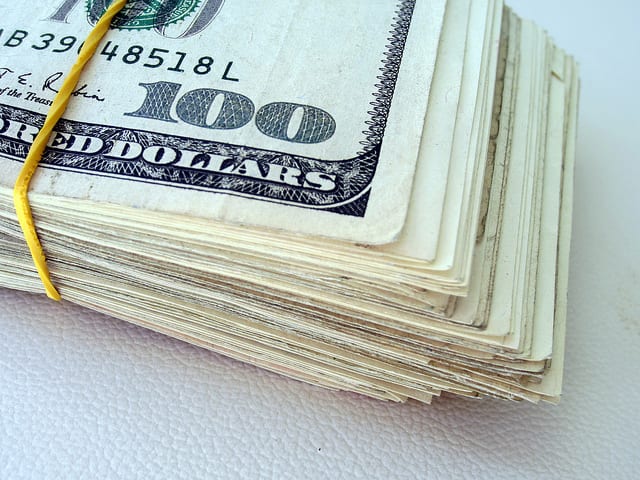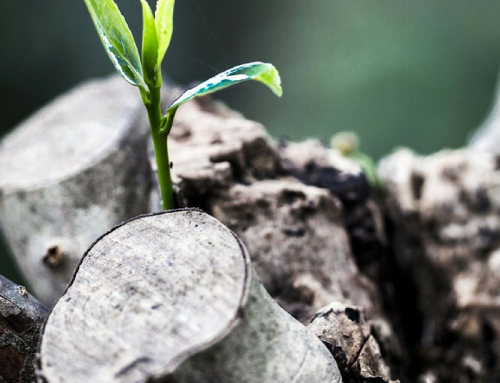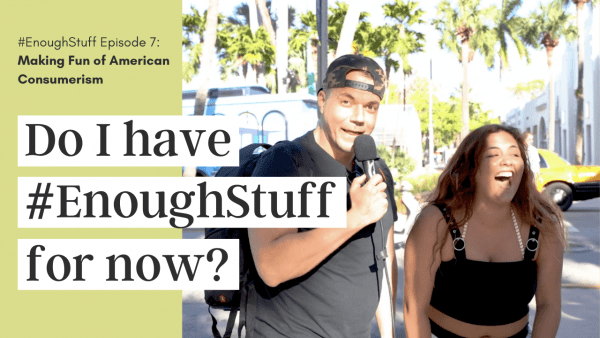In 1997, the rapper Notorious B.I.G. released the award-winning rap song “Mo Money, Mo Problem.” It’s still a classic and we’ve embedded a video copy of it below if you feel like a little mid-week music pick-you-up. The essence of the song was that now that B.I.G. was famous and had more money, he found himself having more problems. However, the message isn’t just for fame-seekers who get their wish. In a world diseased by addictive consumerism, more money really does mean more problems (for those not in poverty) – IF you let it. Today, we’ll explain why more money equals more problems instantly if you buy into the model of addictive consumerism. More importantly, though, we’ll show you how to avoid making more money into more problems.
Like Any Addiction, the More Resources You Have to Feed It, the Worse It Can Get
Let’s take the metaphor (though we’d argue there’s nothing metaphorical about it) of addictive consumerism to its furthest point and compare it to a heroin addiction. In almost every case, what is the one thing keeping an addict from bottoming out or overdosing? It’s lack of resources to buy the object of their addiction. The more money a heroin addict has, the more heroin he or she will buy. Consumer addiction is no different – and in some ways is more mentally dangerous because it is culture-wide and because, unlike a potentially terminal drug addiction, with society’s consumer addiction there is always a next level to go to. As soon as you buy one thing, there is always a bigger, more expensive thing that you can purchase next. The thought process behind addictive consumerism and money is that if you just had enough money then you would be able to buy enough stuff that you would be happy. But that’s a false promise, not unlike the promise of any addiction. You’ll still feel empty with any purchase because “stuff” doesn’t fill emotional holes. And as you gain more money, you’ll become more frustrated that you’re not finding satisfaction or happiness and you’ll just buy more and more and more stuff. It truly is a never-ending loop. More money doesn’t solve anyone’s consumer addiction. In fact, more money makes your consumer addiction worse. And you less happy.
So How Do You Keep More Money from Causing More Problems?
There are really two steps to keeping increases in money from being increases in depression, frustration and flat-out problems when it comes to your relationship with addictive consumerism. The first step will be difficult at times and likely a little bit less than fun. But once you’ve completed the first step, you can move on to the second step which we promise will fill you with joy and, more importantly, the satisfaction of enough.
Step One: You Have to Begin to Separate Yourself from the False Consumer Model of Happiness. We know that this is easier said than done. Obviously we’ve dedicated an entire website and literally hundreds of articles to helping people accomplish this goal. The very fact that you’re reading this article suggests that you’re already aware that the model of addictive consumerism might be causing grief for you and you want to find something “more” satisfying in life. Like letting go of any addiction, letting go of the belief that “more stuff” will bring you happiness is a journey. And it’s not a journey that ends with you living in a tree house with only ten items to your name. The end-goal is not to give up “stuff” entirely but to be mindful of your relationship with materialism and why and how it’s impacting your mental health (not to mention the health of our planet). Before you can begin step two, however, a person needs to at least take the baby steps in step one. You don’t need to get very far, but you need to at least acknowledge and begin to work on separating yourself from your “stuff.”
Step Two: All of the Other Things You Can Do With That Money! And this is the fun part! You’ve maybe been so wrapped up in using your money to buy “stuff” that you’ve possibly forgotten about all of the truly joyful and satisfying things that you could spend your money on. We don’t know you, and we don’t know what’s going to toot your horn, but here is a quick list of ten of the examples you could be spending your money on that could bring you happiness instead of just creating more clutter and “stuff.”
- Great Food and Beverages (Adult or Otherwise)
- Classes to Learn to Do Something You’ve Always Wanted to Do
- Vacations and Travel
- Adopting a Pet and Spoiling Them
- Donating to an Amazing Cause
- Going Out With People You Love or Hosting Parties
- Live Entertainment (or Movies)
- Trips to the Spa (So Much Relaxation There!)
- Time: Money Can Buy You Time If You Realize That You Need Less Money and Therefore Need to Work Less
- Health: Money Can Buy You Heath with Personal Trainer and Nutritionist Time
A Quick Note on Other Consumer Addicts
Don’t let Biggie’s message go un-noted though! You’re surrounded by consumer addicts everywhere because our entire culture is addicted. The more money you have, the more you may have others asking you to support their consumer addiction by buying them things. Cyndi Lauper said it best in “Money Changes Everything.” You’re not helping people when you feed their addiction of any kind! Be careful you don’t become a consumer addiction enabler. Offer to buy them great experience gifts instead!
Did we miss a way that more money can actually bring more stress and problems (for those not in poverty)? Tell us about it on the social media channels below.
Facebook | Twitter | Instagram | Tumblr | Pinterest | Google+ | Medium
Photo Credit:401(K) 2012 via Flickr





